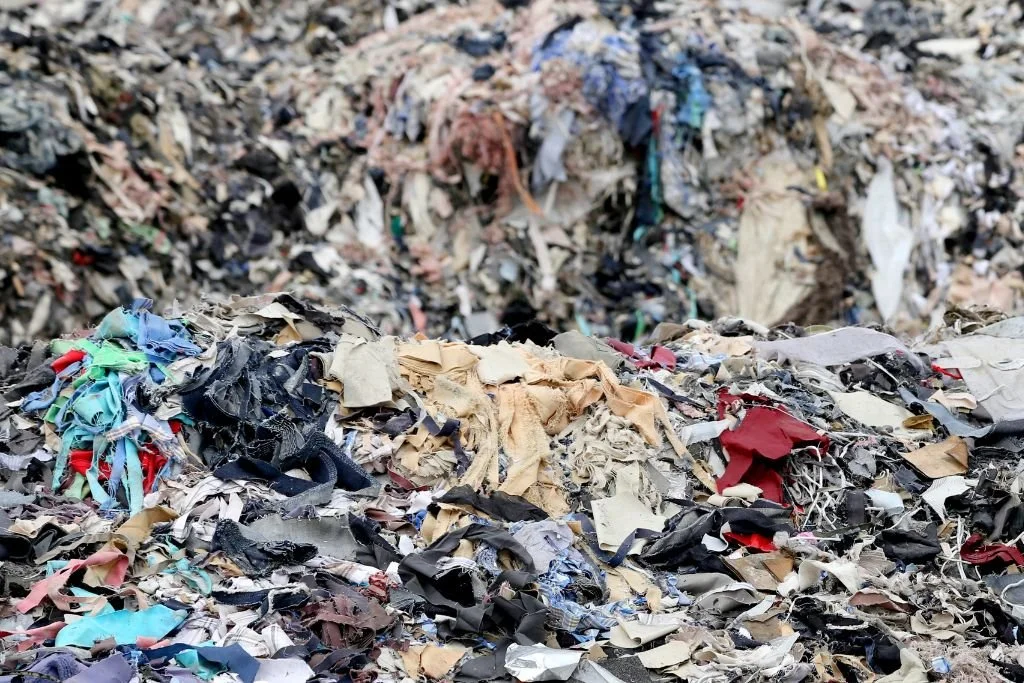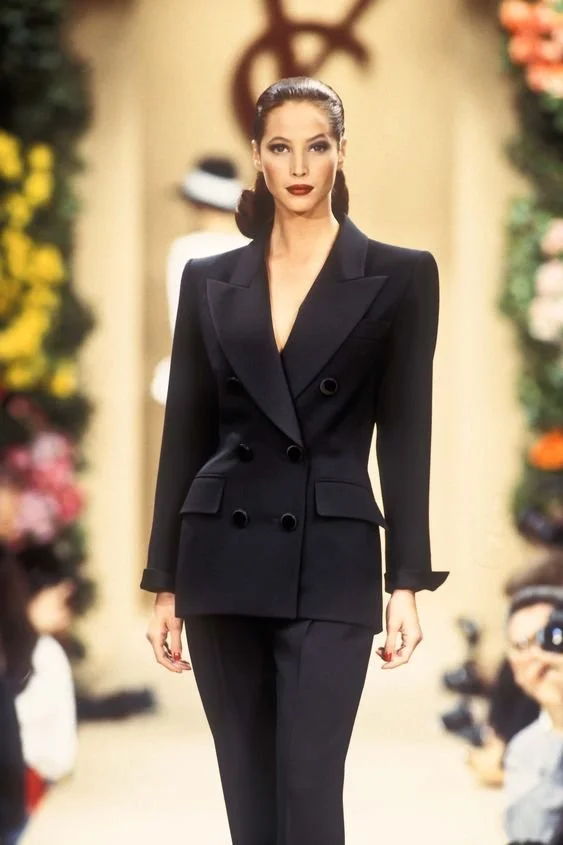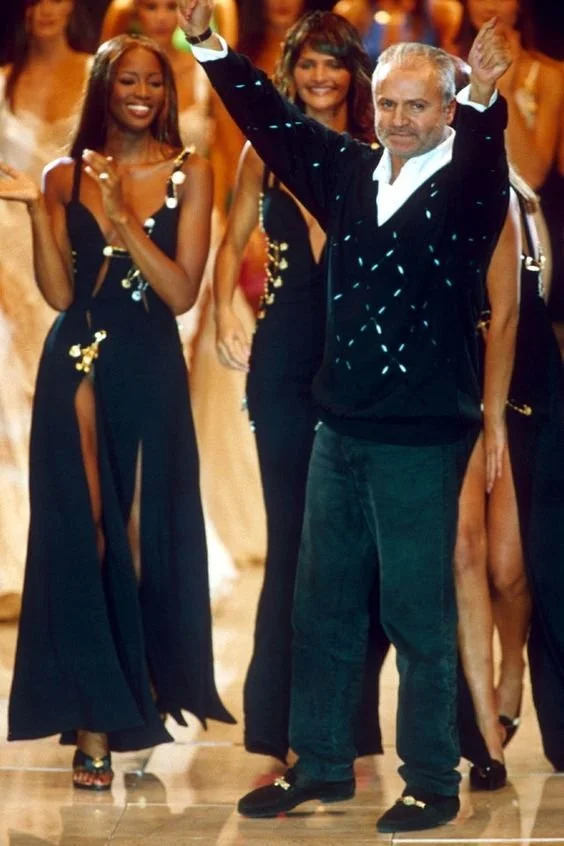Trends: A fun thing to catch or just an environmental disaster?
Photo: Earth.org
Written by: Dilayla Kopuz
For the last few decades, we’ve been told what to wear, what to look like and which keeps constantly changing. It might feel all fun and engaging but don’t you also feel the pressure to catch up?
Pressure to fit in with all these trends? And even further have you considered the environmental impact of the production of these constantly changing trends? I believe this requirement to fit in is making most of us forget that there is a difference between being a fashion visionary and just a trend. So let’s begin with the definition of trend.
A trend is defined as what's hip or popular at a certain point in time. That certain of time might be for a very short time as well, not only do we get clothes for this certain period of time the garment workers and our planet is paying for our short-term pleasure and fear to fit in long term. Fast fashion causes 92 million tonnes of wastage annually and most of these wastages are caused by mass production (Earth.org).
Many psychological factors help explain what motivates us to be fashionable. These include conformity, desires for variety seeking, the need to express personal creativity, and sexual attraction. When I look back on the fashion from last decades it does help me to understand society and lifestyles in many different aspects but after a certain period of time, it looks like almost all the designs and trends are repeating themselves.
For me, there is a significant difference between trendsetters and socially impact designs/ being a visionary. In this article, I’d like to send appreciation to all my favourite designers for changing the fashion industry rather than just setting short-term designs. I’d like to remind you it’s not the clothes that change the world, it’s the people who wore or makes the designs (responsibly & ethically) that make the difference.
I want to start with my full-time favourite: Yves Henri Donat Mathieu-Saint Laurent, who is known to normalise the pants on women.
The designer was definitely a visionary rather than just a trendsetter. By bringing equality into the societies and I am a believer in the power suit which represents the female aura perfectly for me and Mr Saint Laurent knew how to bring a change not a trend effectively.
Followed up by one of my inspirations Lee Alexander McQueen who changed the course of fashion and taught designers to be daring. His quote ‘I want people to be afraid of the women I dress.’ Shows his impact and belief of him in women’s power. His most iconic show for me was Voss in 2000 which was reflecting a glass trap and made me re-think the term life out of my comfort zone.
My third example would be known for its avant-garde and pop culture-inspired designs by Gianni Versace. The brand’s logo is inspired by the pre-monster Medusa which symbolises power, strength and beauty. The designer is known to put fashion in the middle of a celebrity-focused vision and clothes at the centre of popular culture.
As we can name more iconic and socially impacting fashion moments which inspired all genders and lifestyles I consider these moments as part of history, not just a quick trend to pass. However, in the last two decades, we are forgetting what is necessary and iconic to fit in. Instead of buying fast fashion buys designers that you believe in their visions, buy designers who pay a fair wage to their garment workers and more likely don’t hesitate to purchase an already existing piece.




